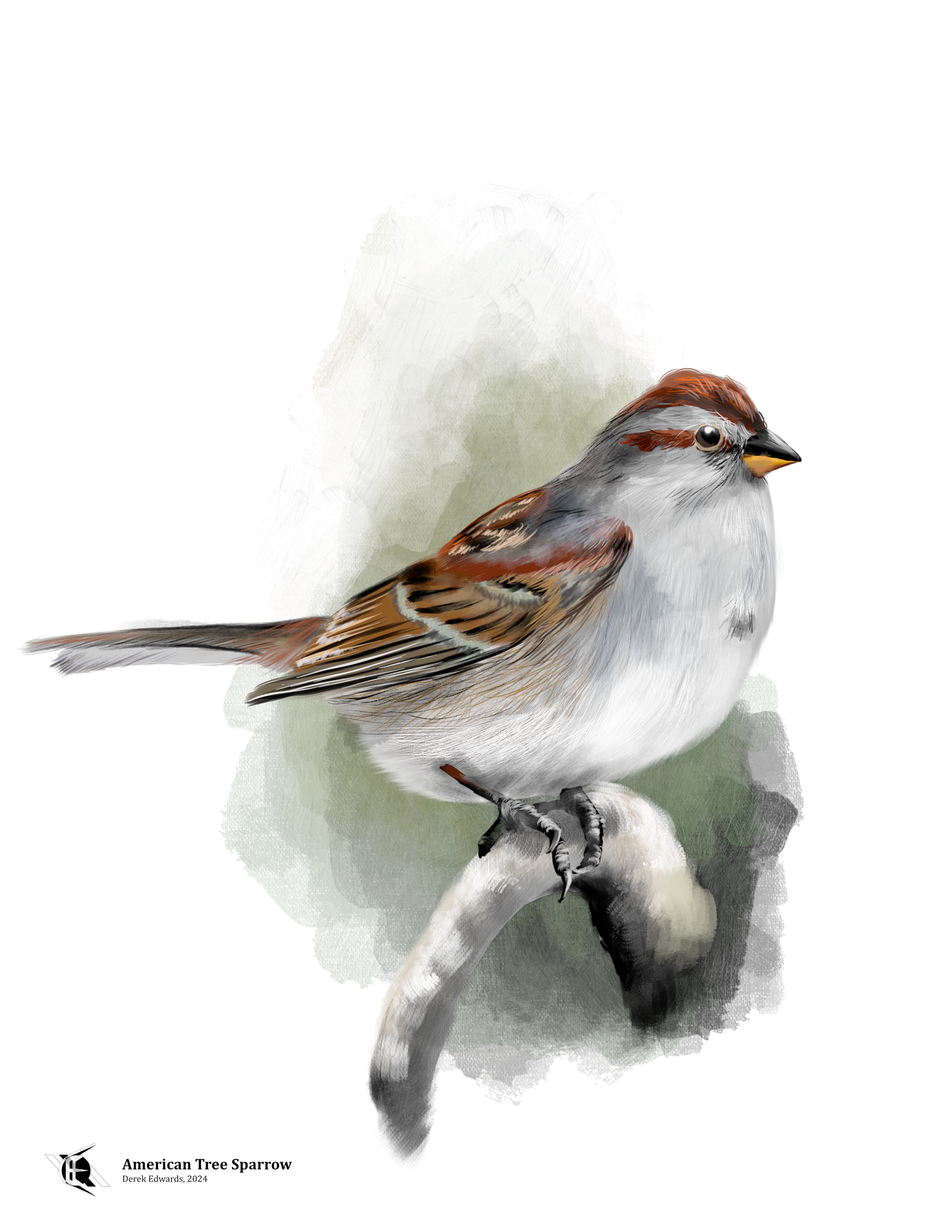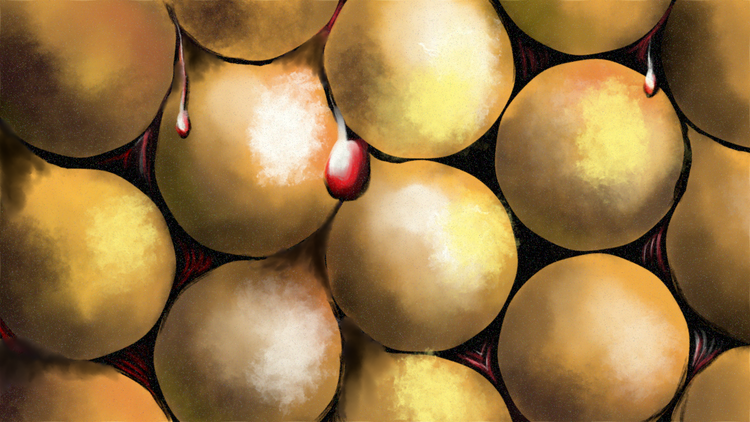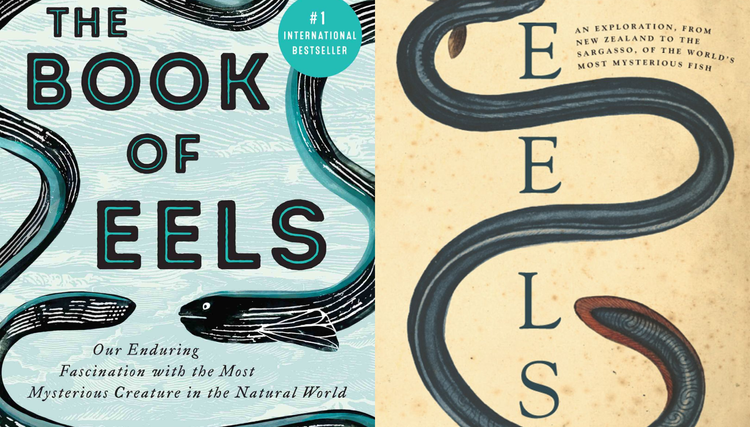
Running Commentary 2/12/2024
Hello,
I'm happy to announce that my Birding Log is complete. I have it linked in the top menu of the site (so click through if you're reading this in email). It has a list of all the birds that American Birding Association deems consistently spot-able in North America (including Hawai'i), with the one's I've seen marked. Birds I've seen I've made notes and ID tips for; I will do the same for some others but not for the full list. I also have a journal of notable sightings (including a recent one of some common goldeneyes performing their courtship dance.)
I hope to get some other, similar "logs" up and running soon; the Birding Log was just the most work. These will all be in Notion, the same as the database of Curations entries. Stay tuned.
Anyway...
Reading...
The Idea Factory by Jon Gertner

To the right person, mentioning Bell Labs is like mentioning ancient Rome; it's not just part of history, it's a dividing point between older times and the starts of modernity, simultaneously full of things familiar and things foreign, things nostalgic yet things we're happy to have moved past. The R&D arm of AT&T until the late 1970s, Bell Labs was the birthplace of such things as the transistor, the communications satellite, the cell phone network, and the theories underpinning digital computing. All this was made possible by a team of brilliant engineers and scientists, and by AT&T's dominating presence as the only major telecommunications firm in the U.S. for most of the 20th century.
The rise and fall of Bell Labs is the subject of Jon Gertner's excellent history The Idea Factory: Bell Labs and the Great Age of American Innovation. Gertner's writing is dense but still very engaging. He seems to have interviewed as many surviving Bell Labs employees as he could and reviewed the writings of those who had passed away; this book was thoroughly researched. In the acknowledgements, Gertner credits growing up near Bell Labs' Murray Hill, New Jersey campus for inspiring him to write the book, which really does come across as a lifelong project.
Gertner is covering roughly fifty years of recent history, so it's no surprise that his book is so packed with anecdotes. Whether recounting technical work, like the development of a balloon-borne high-altitude antenna, or a personal episode, lie when two sci-fi fans took time during a Labs tour of Europe to meet with H.G. Wells, almost every page is dedicated to relating some episode in the story of Bell Labs. Gertner does not spend much time stating his own thoughts about things; he's very matter-of-fact, trusting his readers to draw their own conclusions for the most part. His tone is impressed, but not awestruck. Toward the end of the book, he discusses the breakup of AT&T communications monopoly and the resultant waning of Bell Labs from the history-making, world-class center of invention that it had been in its heyday to the rather ordinary R&D division of Alcatel-Lucent that it was at time of writing. (Alcatel-Lucent, and Bell Labs with them, was bought out by Nokia Networks in 2016.) He notes that the world lost something unique when it lost the old Bell Labs, but he doesn't wallow in "those were the days" nostalgic yearnings.
In terms of lessons to be learned from Bell Labs, Gernter largely holds them up as a counterargument to what he calls "received wisdom that innovation and competitiveness are closely linked"; Bell Labs at its peak enjoyed a uniquely non-competitive environment, with the U.S. Government shielding AT&T from being undercut by other phone services in exchange for AT&T cooperating with government efforts and allowing their patented electronics to be used by others either for free or for very small licensing fees. Bell Labs thus had neither the call nor the capacity to give AT&T an edge over anybody. Thier struggle was against the technological limits of their day, not other engineers and scientists.
They hit some dead ends; Gertner discusses two big Bell Labs failures: the vacuum-filled waveguide and the Picturephone. The waveguide was rendered obsolete before it was finished but the creation of glass optical fiber by Corning; Bell Labs had lacked the needed understanding of glass to create the theorized material. The Picturephone, a combination telephone and television that anticipated things like Facetime and Zoom, failed due to an unrecognized lack of consumer interest despite technologically being very impressive for its era.
Gertner profiles many of the more prominent inventors employed by Bell Labs: William Shockley, Claude Shannon, and John Pierce, among others. Their backgrounds are given when they're first introduced, and their careers after Bell Labs are recounted in a dedicated later chapter. These mini-biographies serve both to flesh out the book and to ground the tales of innovation as human stories. Claude Shannon's story, especially, is quite the read; I only wish Gertner had better described the gas-motor-powered pogo stick he apparently developed in his spare time.
The Idea Factory is a new favorite alongside Simon Winchester's The Perfectionists. It's not a breezy read; I read it over the course of a month, which is slow for me for a book of this length. But it's not a slog. It's all very interesting; there's just a lot packed into it. If you're at all interested in the history of electronics you should give this a read; one note: if you're interested in the development of Unix, that gets mentioned but is not given the sort of focus that other inventions get. 9/10

Bird of the Week
Back before people conclusively observed bird migration, it was theorized that birds seen in the summer tuned into the birds seen in the winter.1 In some cases, this was actually true; some birds do change their plumage depending on the time of year. But mostly this was an incorrect guess based on incomplete information By the time Europeans began to study birds in North America, they already know about migration. But if there was ever a bird that could be taken for the winter form of a different bird, it would be the American Tree Sparrow.
The American tree sparrow is a New World sparrow that is named after an Old World sparrow. When the British first encountered this week's bird, they noted that it shared the reddish-brown cap of the Eurasian tree sparrow, so they called it a tree sparrow, too.2 (Really, this is exactly what happened with all the New World sparrows, which were collectively named after the true sparrows despite being a different family of birds altogether.) But the American tree sparrow isn't really a tree sparrow; it nests and feeds on or near the ground, at the edge of weedy fields. It might perch in a tree on occasion, but that's not generally where to look for them.3
Tree sparrows spend their summers along the scrubby southern edge of the Canadian tundra (and in corresponding parts of Alaska). Much of our understanding of their nesting habits comes from the research conducted by Amelia Marguerite Heydweiller (later Baumgartner), an ornithology student at Cornell who had chosen the bird as the subject of her graduate study and who had been told by another ornithologist that "it is regrettable that you did not select a bird which you could study in the field yourself." In fact, she did make trips to Churchill, Manitoba, spending two summers observing the nesting tree sparrows. She found that they nested in bushes, constructing from grass and stems, and lining with ptarmigan feathers. (Ptarmigans are a sort of arctic grouse, which I've not featured, as yet.) The sparrows largely interacted, both in courtship and in rivalry, through singing.3
In the U.S., the tree sparrows is a familiar winter backyard bird, arriving to replace the chipping sparrow, which lives in the same range during the summer. Which gets me back to my earlier point; tree and chipping sparrows so perfectly replace one another seasonally, and look so similar, that, if you weren't paying attention, you'd think they were the same bird. If you're ever questioning which is which, remember that the chipping sparrow has a black eyestripe, while the tree sparrow has a yellow-and-black two-tone beak.
The incorrect naming continues with the birds' scientific binomial Spiselloides arborea. The specific name comes from the Latin arboreus, meaning "tree". The generic name means "resembling a Spizella"4; Spizella is the genus to which the chipping sparrow belongs and to which the tree sparrow belonged before 2014,5 and its name, coined by C. L. Bonaparte, means "chirping finch",4 even though it is not a genus of finches. The name, altogether, means "chirping finch of the trees", which is only a third correct. Sometimes I really hate taxonomy.
- Heisman, Rebecca. “A Brief History of How Scientists Have Learned About Bird Migration.” Audubon, February 21, 2023. https://www.audubon.org/magazine/spring-2022/a-brief-history-how-scientists-have-learned-about.
- Forsythe, Alex. “American Tree Sparrow” Indiana Audubon, n.d. https://indianaaudubon.org/portfolio/american-tree-sparrow/.
- Baumgartner, A. Marguerite, Arthur Cleveland Bent, and O. L. Austin. 1968. "Tree Sparrow" Life Histories of North American Cardinals, Grosbeaks, Buntings, Towhees, Finches, Sparrows, and Allies, Vol. 2. p. 1137-1165. Smithsonian Institution. https://doi.org/10.5479/si.03629236.237.1.
- Jobling, J. A. (editor). The Key to Scientific Names in Birds of the World (S. M. Billerman et al. editors), Cornell Laboratory of Ornithology, Ithaca.
- Slager, David. “A New Genus for the American Tree Sparrow (Aves: Passeriformes: Passerellidae)” Zootaxa 3821, no. 3 (June 23, 2014): 398. https://doi.org/10.11646/zootaxa.3821.3.9.
Curation Links
Did You Even Know This Movie Exists? | Adam Nayman, The Ringer
Are movies dead? Effective movie advertising certainly seems to be. The only trailers people seem to take notice of are the ones they were already waiting for, that give the official date for something they were already aware of. New things don’t seem to break through like they once did.
From Pong to Civilization: How I made “one more turn” work on consoles | Sid Mier, Ars Technica
An excerpt from Sid Mier’s memoir, A Life in Computer Games, “about 2008's Civilization Revolution, is as much an explanation of its PC-to-console transition as it is a lesson on game-industry history and on game design.”
To catch a catfish | Stuart McGurk, The New Statesman
“Police officers are often the last to know when someone is being conned. A worried son might spot unusual payments on his elderly father’s bank statement. A concerned friend will do a reverse-image search on a suspiciously good-looking dating-app match. A fraudster will run out of excuses as to why they can’t meet. A horrible realisation will dawn and a report will be filed. But [Detective Constable Rebecca] Mason was developing something of a specialism: she had begun tracking down victims before they even knew they were victims, locating fraudsters before anyone had reported a fraud.”
Narcisse | Julie Gautier & Florian Fischer, Behind the Mask
[FICTION] [VIDEO] Contemporary ballet with a twist I won’t spoil, based on the myth of Narcissus, the beautiful youth who fell in love with his own reflection. (4 minutes)
See the full archive of curations on Notion






Member Commentary